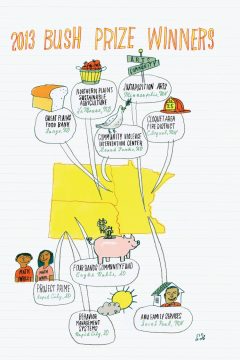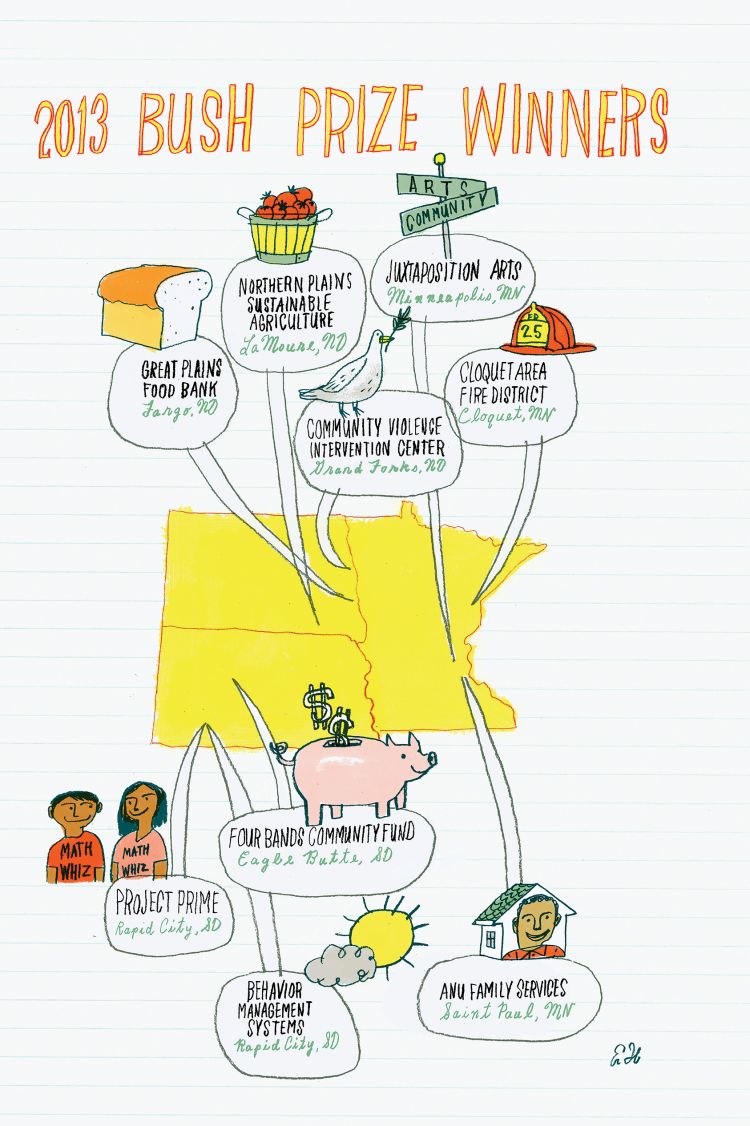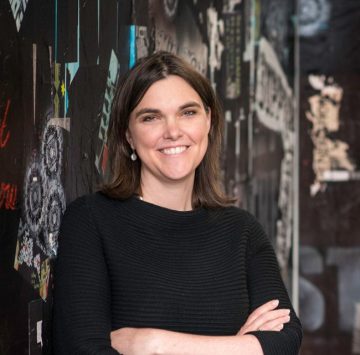The Bush Prize: Winning Solutions
DATE
December 22, 2019

By Laura Billings Coleman

With one of the highest suicide rates in the nation, South Dakota’s Black Hills community had a serious problem to solve: How to save lives by removing hurdles to emergency mental health care. “As a community, we were very good at serving people in a crisis — as long as your crisis happened between 8 a.m. and 5 p.m. on a weekday,” recalls State Senator Alan Solano, who represents Rapid City.
These findings, uncovered in a 2007 United Way community assessment, were no surprise to Solano. He also serves as the CEO of Behavior Management Systems (BMS) and was already meeting regularly with other leaders in the field searching for solutions. “But we’d reached the point where we were having the right meetings, but with the wrong people,” he says. With funding from the Bush Foundation and the John T. Vucurevich Foundation, BMS led the charge on a new approach to the problem in 2009, widening the circle with an all-hands approach they called the Black Hills Behavioral Health Collaborative.
The Collaborative has more than 40 stakeholders — social service agencies and law enforcement officials, Native American groups and area schools. They broke the problems they saw into parts, creating subcommittees focused on everything from service integration to family advocacy. “At every step, we made sure we had the right people at the right meetings,” Solano says.
The final result is the Crisis Care Center, South Dakota’s first 24/7/365 emergency mental health provider. Today, adults in crisis who once faced a four- to eight-week wait for an appointment can receive immediate care through the Crisis Care Center, which has diverted more than 1,000 emergency room visits since 2011.

“Another great outcome of the process was that organizations and agencies that might have treated each other as competitors really let their guard down to focus on what we can do that actually improves the community,” Solano says. “The whole effort has really had a great domino effect for our community.”
That “domino effect” is the common denominator connecting BMS to the eight other organizations selected to receive the inaugural Bush Prize for Community Innovation. “These organizations are doing very different things,” says Mandy Ellerton, manager of the Bush Prize, “from working to end childhood exposure to violence in Grand Forks, North Dakota, to providing part-time jobs and career training for youth in North Minneapolis, to driving entrepreneurship for the Cheyenne River Sioux. But what they all have in common is a real drive to bring communities together to think differently about their whole approach to problem-solving, taking big risks that often have had big pay-offs.”
For instance, the Cloquet Area Fire District found a way to improve emergency response in rural Carlton County, Minnesota, by merging three unique fire and emergency departments—going to the Legislature to change a district tax code in the process. A collaboration among Black Hills State University, Rapid City Area Schools, and Technology and Innovation in Education came together for Project PRIME, which uses math instruction as the leverage point for improving teacher instruction, getting families engaged in school work and shrinking the achievement gap for Native students. Anu Family Services in Saint Paul has changed the outlook for foster care children in danger of “aging out” of the system, often into homelessness, by finding them safe, permanent homes where they can heal the trauma of loss that often accompanies foster care placement.
The Bush Prize expands the problem-solving capacity of the region’s nonprofits and government entities that have a proven track record of innovation by providing an unrestricted grant of 25 percent of the organization’s last fiscal year budget (up to a maximum of $500,000). For the Farm Breeding Club of Northern Plains Sustainable Agriculture, that means $76,000 in capital for a new testing garden or any of the other projects the organization has plotted on its wish list. “Most of the funding opportunities nonprofits are accustomed to getting are very specific and restricted for one thing, and one thing only,” says director Frank Kutka (2000 Bush Fellow). “We do feel compelled to do something big with the Bush Prize.”
“We are giving truly flexible creative capital to organizations with great track records of innovation,” says Pamela Moret, chair of the Foundation’s Board of Directors and a member of the Minnesota Bush Prize selection committee. “It’s been both fun and inspiring to learn about the work of the nine Bush Prize winners. We’re excited to see who applies this year and in years to come.”
Meet the winners of the 2013 Bush Prize
Continue reading
-

News
Welcome to new Bush staff members
We are celebrating some new Bush colleagues and hope you get to meet them soon!
-

Note from Jen
Protecting our freedom to give
Do you know how CPR came to be? What about the 911 system? Ever wonder who developed the Pap smear? Or why school buses are all the same color? All these were the results of work funded by some foundation.
-

News
Introducing the Bush book club
Join us as we learn how to build a world where we all belong. And stay tuned as we get ready to welcome john a. powell to Minnesota for a special Bush book club event!